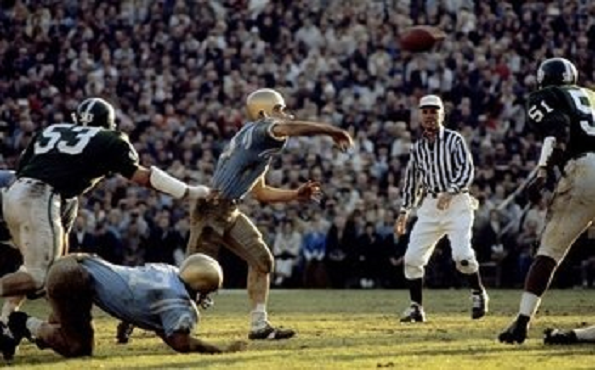



| at Georgia (6-4) | 17-18 | #17 |
| (Mobile) Tulane (2-8) | 27-0 | |
| Mississippi (7-4) | 17-16 | #14 |
| at Vanderbilt (2-7-1) | 22-7 | |
| Tennessee (8-1-2) | 7-7 | #4 |
| Florida State (4-5-1) | 21-0 | |
| at Mississippi State (4-6) | 10-7 | |
| at Louisiana State (8-3) | 31-7 | #8 |
| South Carolina (5-5) | 35-14 | |
| (Birmingham) Auburn (5-5-1) | 30-3 | #16 |
| Orange Bowl Nebraska (10-1) | 39-28 | #5 |
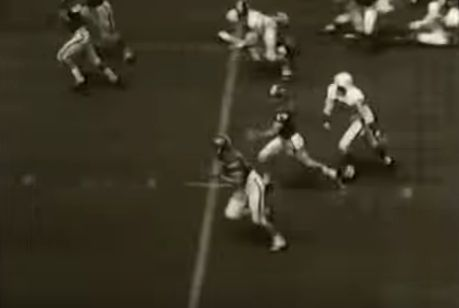
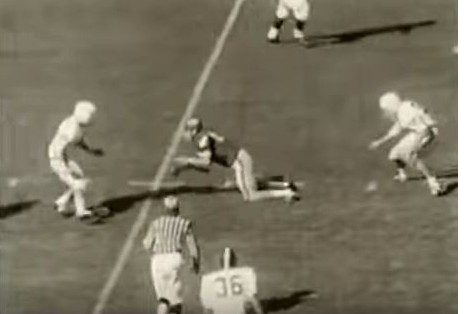
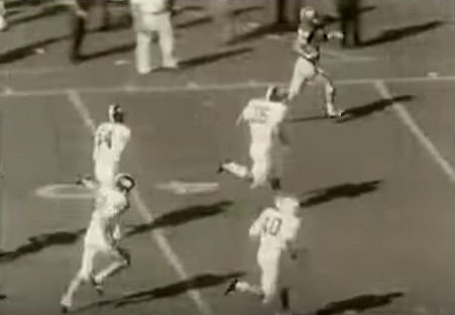

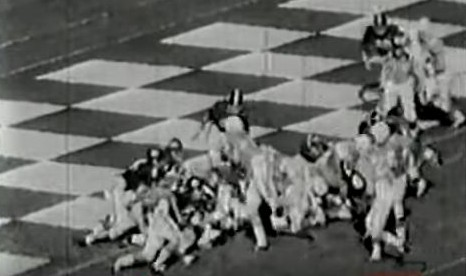
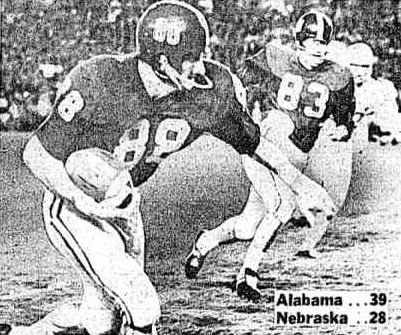
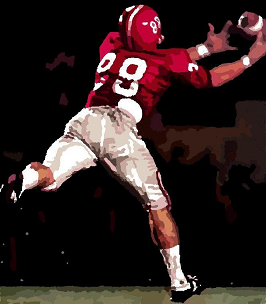
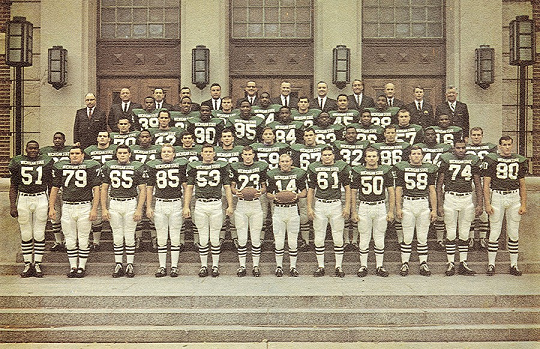
| UCLA (8-2-1) | 13-3 | #3 |
| at Penn State (5-5) | 23-0 | |
| Illinois (6-4) | 22-12 | #20 |
| at Michigan (4-6) | 24-7 | |
| Ohio State (7-2) | 32-7 | #12 |
| at Purdue (7-2-1) | 14-10 | #11 |
| Northwestern (4-6) | 49-7 | |
| at Iowa (1-9) | 35-0 | |
| Indiana (2-8) | 27-13 | |
| at Notre Dame (7-2-1) | 12-3 | #9 |
| Rose Bowl UCLA (8-2-1) | 12-14 | #3 |
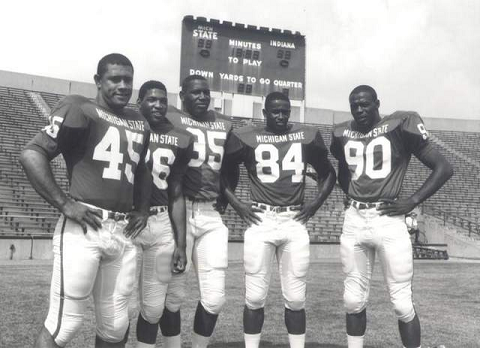
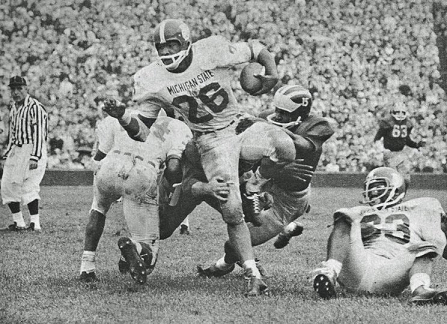
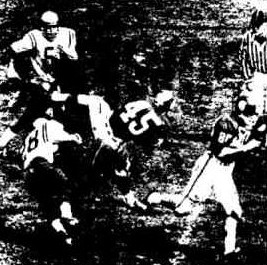
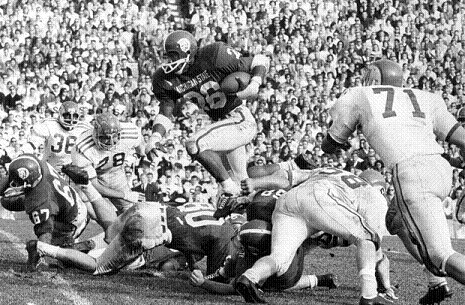
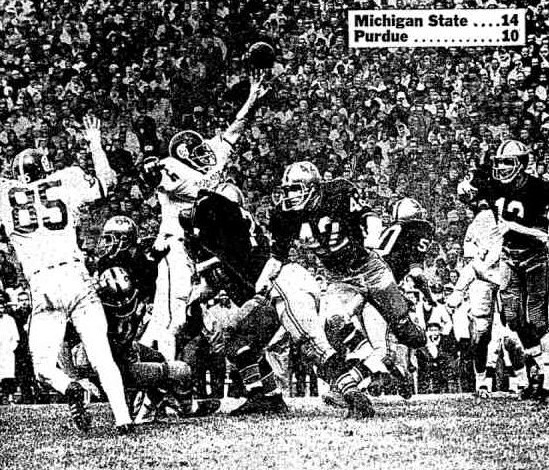
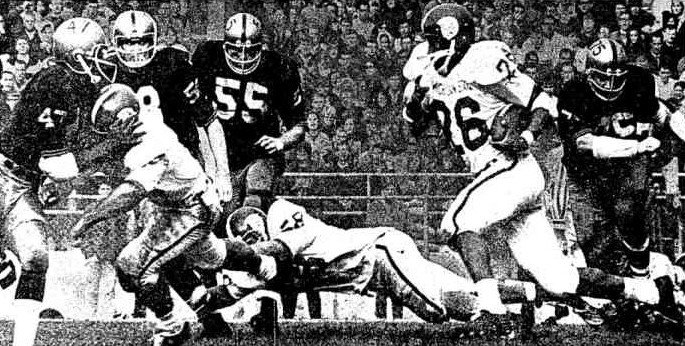
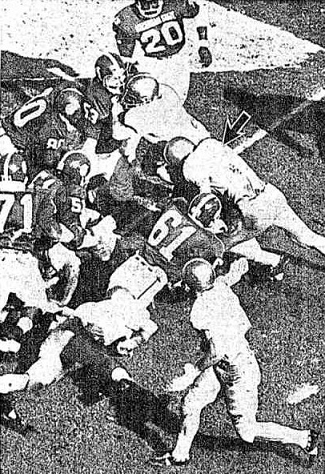
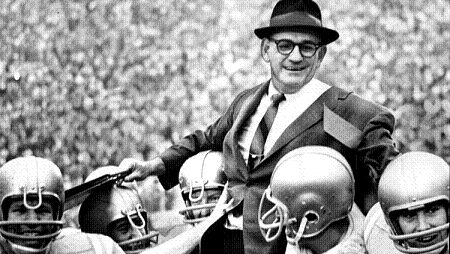
| Alabama 9-1-1 | Michigan State 10-1 | |||||||||||||||||||||||||||||||||||||||||
|---|---|---|---|---|---|---|---|---|---|---|---|---|---|---|---|---|---|---|---|---|---|---|---|---|---|---|---|---|---|---|---|---|---|---|---|---|---|---|---|---|---|---|
|
|
|||||||||||||||||||||||||||||||||||||||||
| 1) National Championship Foundation | 4.69 |
| 2) Billingsley (math system) | 4.67 |
| 3) Houlgate (math) | 4.53 |
| 4)
College
Football Researchers Association |
4.48 |
| 5) Sagarin-ELO (math) | 4.46 |
| 6) DeVold
(math) |
4.44 |
| 7) Poling
(math) |
4.38 |
| 8) Helms Foundation | 4.35 |
| 9) Boand (math) | 4.27 |
| 10) Sagarin (math) | 4.24 |
| 11) Litkenhous
(math) |
4.22 |
| 12) AP Poll | 4.08 |
| 13) Dunkel (math) | 4.05 |
| 14) Williamson (math) | 3.86 |
| 15) Berryman (math) | 3.17 |
| 16) Coaches Poll | 3.05 |
| 1) Boand (math system) | 4.26 |
| 2) College Football Researchers Association | 4.22 |
| 3) Poling (math) | 4.11 |
| 4) Helms | 4.09 |
| 5) Sagarin-ELO (math) | 4.06 |
| 6) National Championship Foundation | 3.96 |
| 7) Dickinson (math) | 3.49 |
| 8) Houlgate (math) | 3.35 |
| 9) Billingsley (math) | 3.34 |
| 10) Sagarin (math) | 3.28 |
| 11) Parke Davis | 2.77 |
| 1) Houlgate (math system) | 4.5 |
| 2) Helms | 4.3 |
| 3) Parke Davis | 4.2 |
| 4) National Championship Foundation | 3.7 |
| 5) Billingsley (math) | 3.6 |